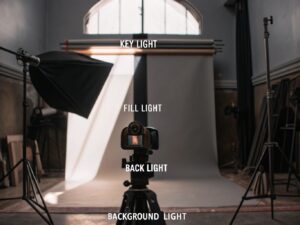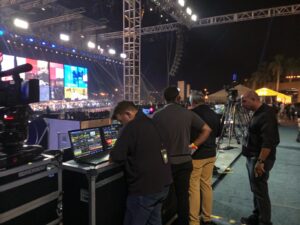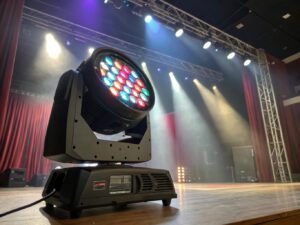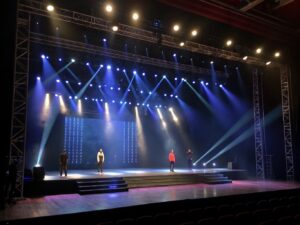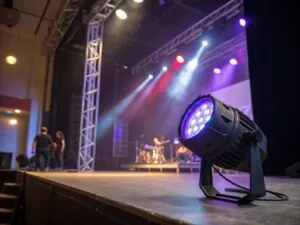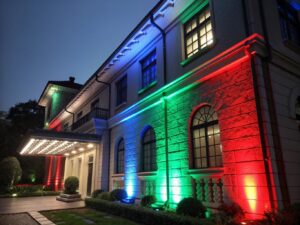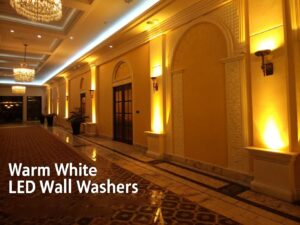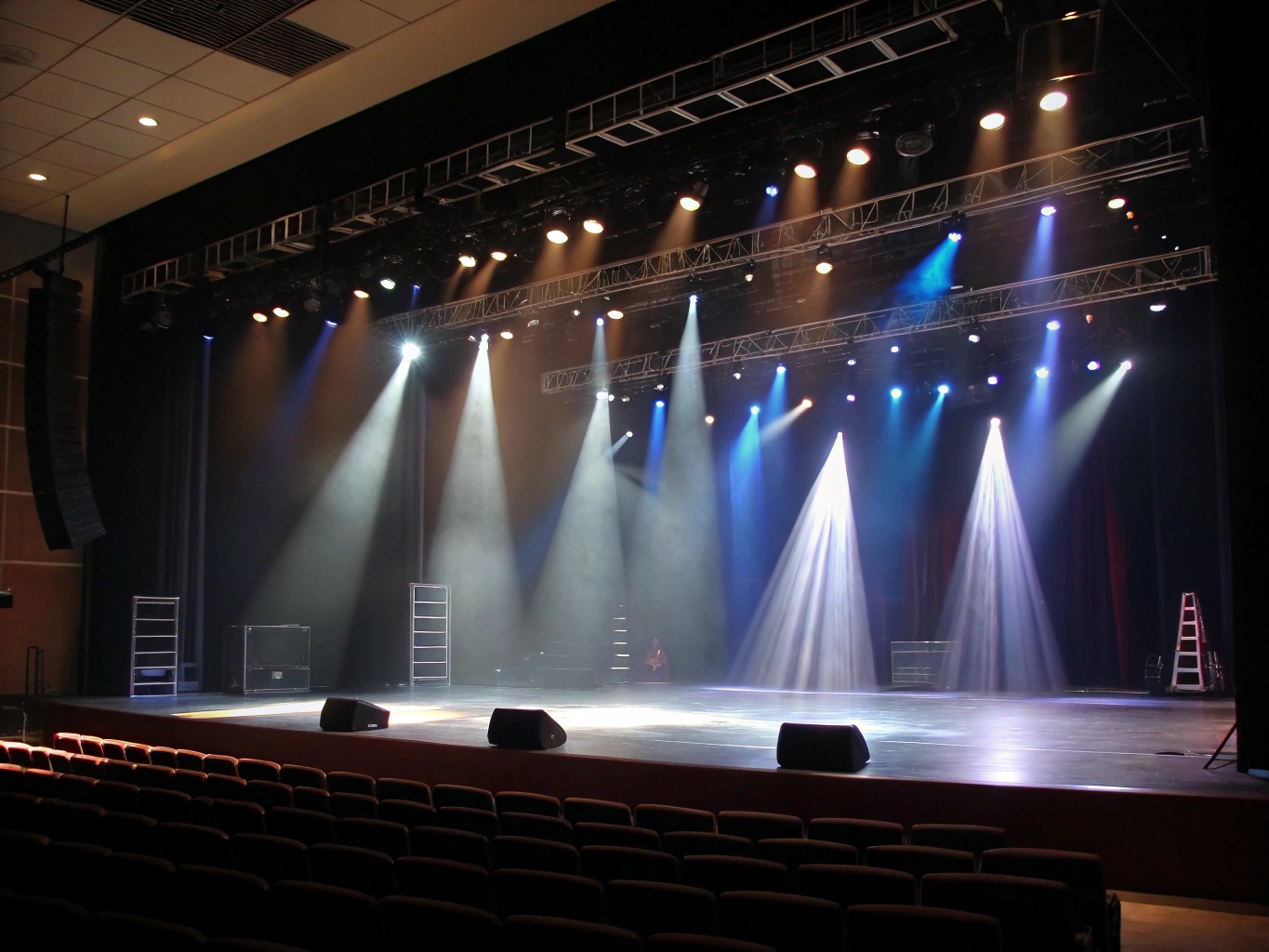
How Can Schools Create Professional Stage Lighting on a Budget?
Your school productions look dim and uninspired, frustrating students and audiences. You need professional lighting but face a tight budget and limited technical expertise, making an upgrade seem impossible.
Schools can achieve professional lighting by investing in a versatile, durable, and user-friendly LED toolkit1. Prioritizing modern LED PARs for color washes and LED Profiles for key lighting provides the biggest impact for the cost, ensuring reliability and creative potential.

I've worked on massive concert tours, but some of my most rewarding projects have been helping schools transform their theaters. It's about empowering the next generation of performers and technicians. The leap from old, hot, power-hungry incandescent lights to cool, efficient LEDs is a game-changer for schools. It's not just about a better-looking show; it's about safety, cost savings, and opening up a new world of creativity. My philosophy has always been "quality is life, innovation is soul," and this applies to giving students reliable and inspiring tools. Let's break down how to do it right.
What is the Best and Most Durable Lighting for Schools?
You need to upgrade your school's stage lighting, but you're worried about making the wrong choice. Fragile, complex lights can be a maintenance nightmare and a waste of precious funds.
The best lighting for schools is a combination of LED PAR cans and LED Profile2 spots. These fixtures are incredibly durable, energy-efficient3, safe to handle (they run cool), and versatile enough to handle everything from school plays to assemblies.
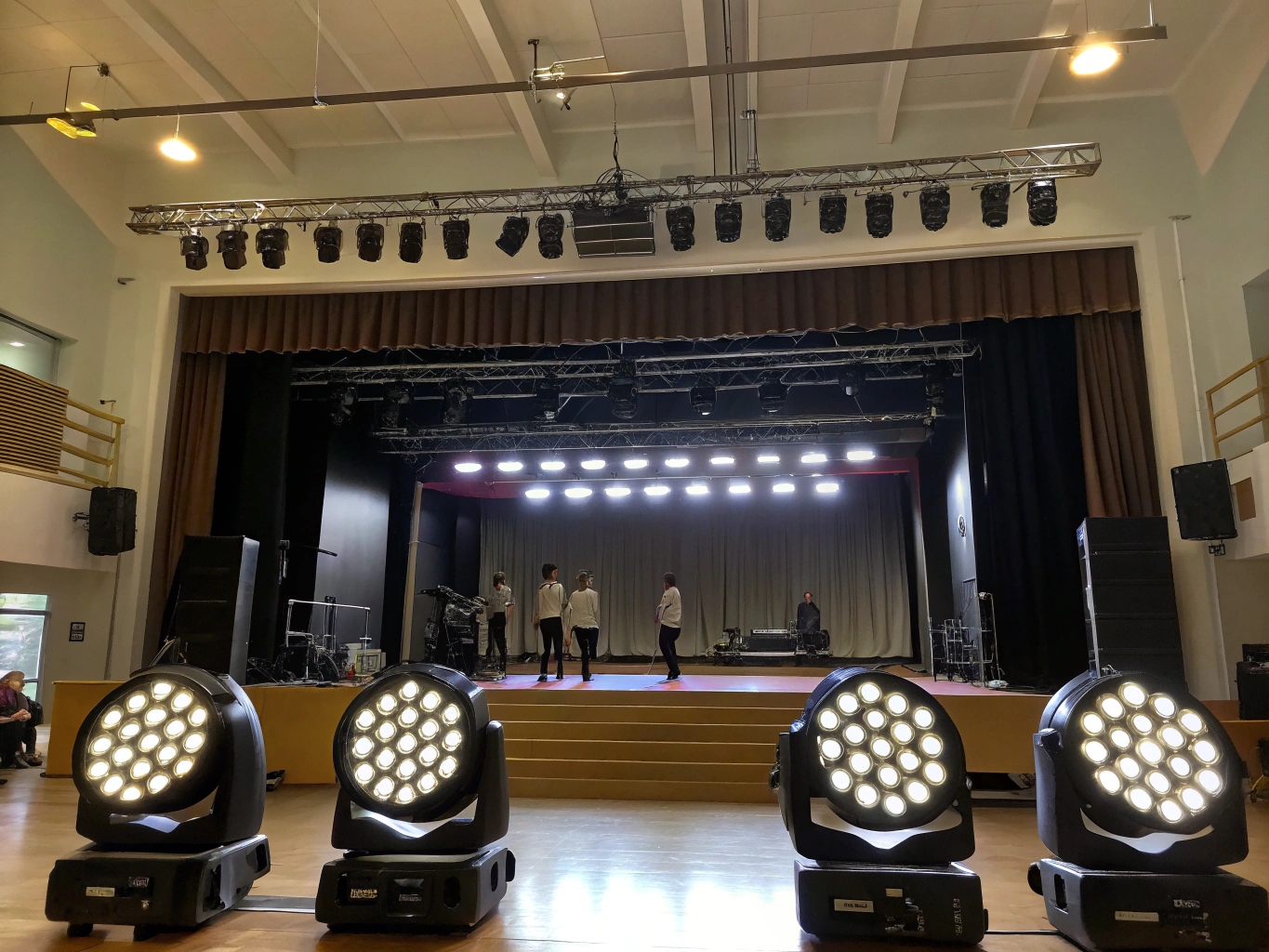
Why this specific combination? It's about maximizing value and minimizing headaches. School environments are tough on equipment. Lights get moved, dropped, and handled by students who are still learning. That's why I always recommend fixtures built with durability in mind, which is a core part of our "quality is life" philosophy at Monalight. The housing must be strong, and the electronics must be stable. An experienced technician like Nick would want fixtures that minimize instability, and that's even more true in a school setting. This simple but powerful toolkit provides the foundation for almost any event a school will host.
The Perfect Starter Pack for Schools
- LED PAR Cans: These are the ultimate workhorses. They're simple, have no internal moving parts, and are built to last. You can use them to wash the entire stage in color, create vibrant backdrops, or light up architectural features in the auditorium. Their low power draw also means you won't overload your school's old electrical circuits.
- LED Profile Spots: These are essential for visibility. They allow you to precisely light your performers so the audience can see their faces and expressions. This control is crucial for plays and presentations. Modern LED versions eliminate the need for constantly changing burned-out lamps, saving time and money.
What are the Essential Light Types for Any Staging Need?
Your stage is a blank canvas, but you don't know which "brushes" to use. Buying only one type of light will leave your shows looking flat and one-dimensional, failing to support the performance.
The best staging uses a team of lights, each with a specific job. You need Key lights (like Profiles) for visibility, Wash lights (like PARs) for atmosphere, and Backlights to create depth, making your performers pop from the background.
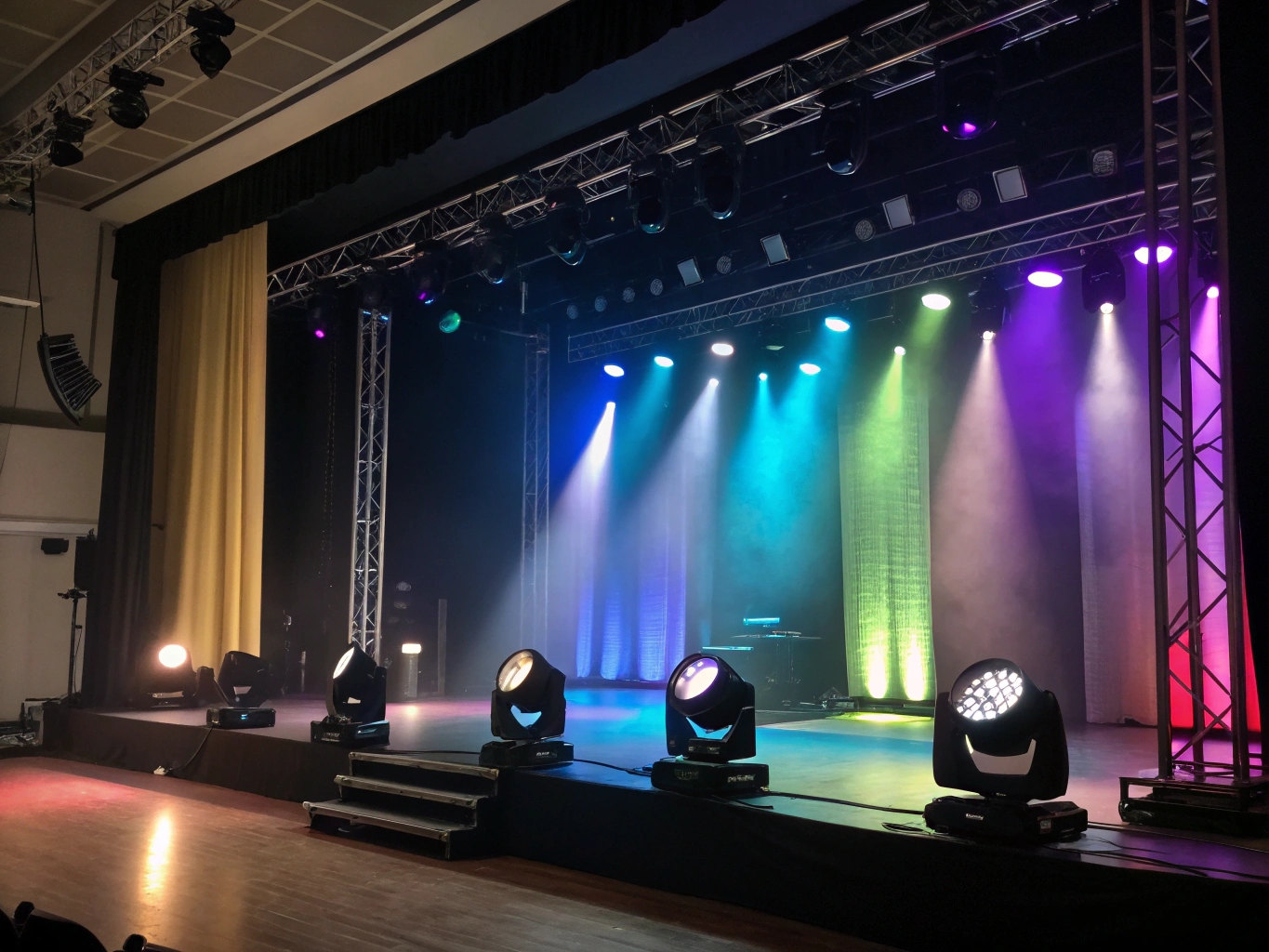
A professional lighting design isn't about having the most lights; it's about using the right lights in the right places. Think of it in terms of layers. For any scene, whether it's a dramatic monologue or a full-cast musical number, you need to control what the audience sees and feels. I always teach young technicians to think about these three core roles first. If you can handle these three jobs, you can light almost anything effectively. Mastering this balance is the first step toward creating lighting that truly serves the performance. It’s the art behind the technology.
The Three Essential Lighting Jobs
| Lighting Role | Its Purpose | Common School Fixture |
|---|---|---|
| Key Light | To illuminate the main subject and make them clearly visible. | LED Profile Spot |
| Wash Light | To cover the stage in a uniform field of color or white light. | LED PAR Can |
| Back Light | To outline the subject and separate them from the background. | LED PAR Can or small Profile |
What are the Three Basic Elements of Great Stage Lighting?
You can point a light at the stage, but it still lacks impact. Without understanding the fundamental elements, your lighting will fail to guide the audience's emotions and attention effectively.
The three basic elements of stage lighting design4 are Visibility, Mood, and Focus. Visibility ensures the audience can see. Mood sets the emotional tone with color and intensity. Focus directs the audience's attention.
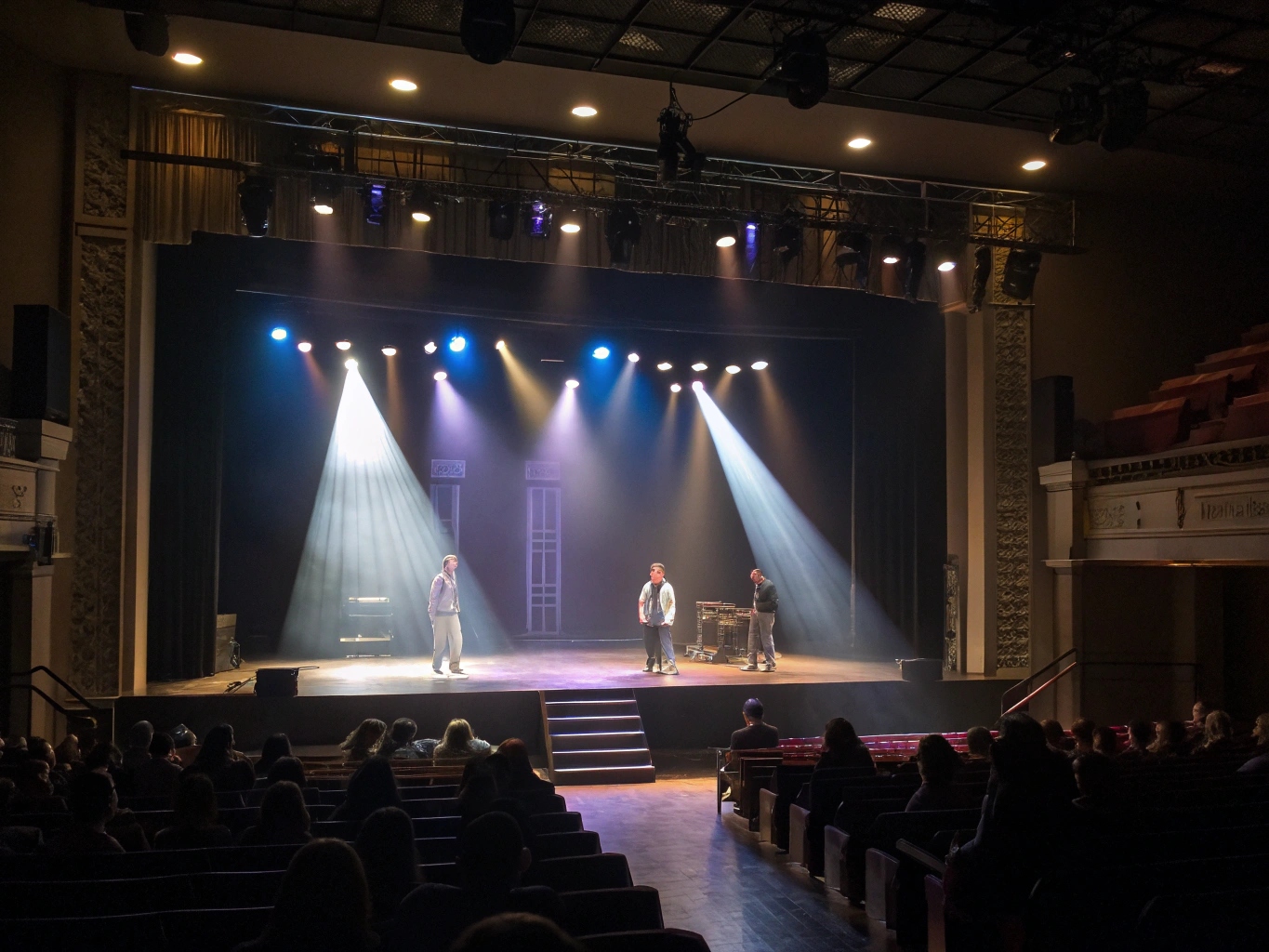
These three elements are the pillars of every lighting decision I make, whether I'm designing for a massive stadium or a small school stage. For every scene, you must ask yourself these questions to ensure your lighting is telling the right story:
- Visibility: Can the audience see what they need to see? This is the most important job. If the audience can't see the actors' faces, the story is lost. This is non-negotiable.
- Mood (or Atmosphere): What do I want the audience to feel? Bright, warm colors can create a happy scene. Dark, cool colors can create a sense of sadness or mystery. This is where you use lighting to become a storyteller.
- Focus (or Composition): Where should the audience be looking? You can use a brighter light on the main character or darken the parts of the stage that are not important. This is how you guide the viewer's eye.
The best lighting cues serve all three purposes at once.
What Four Light Fixtures Do Most Stages Use?
The terminology can be confusing: PARs, Fresnels, Profiles, Moving Heads. Buying the wrong fixture wastes your school's limited funds on a tool you can't use effectively for your shows.
The four most common types are the PAR Can for powerful washes, the Profile (or Ellipsoidal) for sharp-edged spots, the Fresnel for soft-edged washes, and the Moving Head for dynamic effects. Schools should focus on LED PARs and Profiles first.
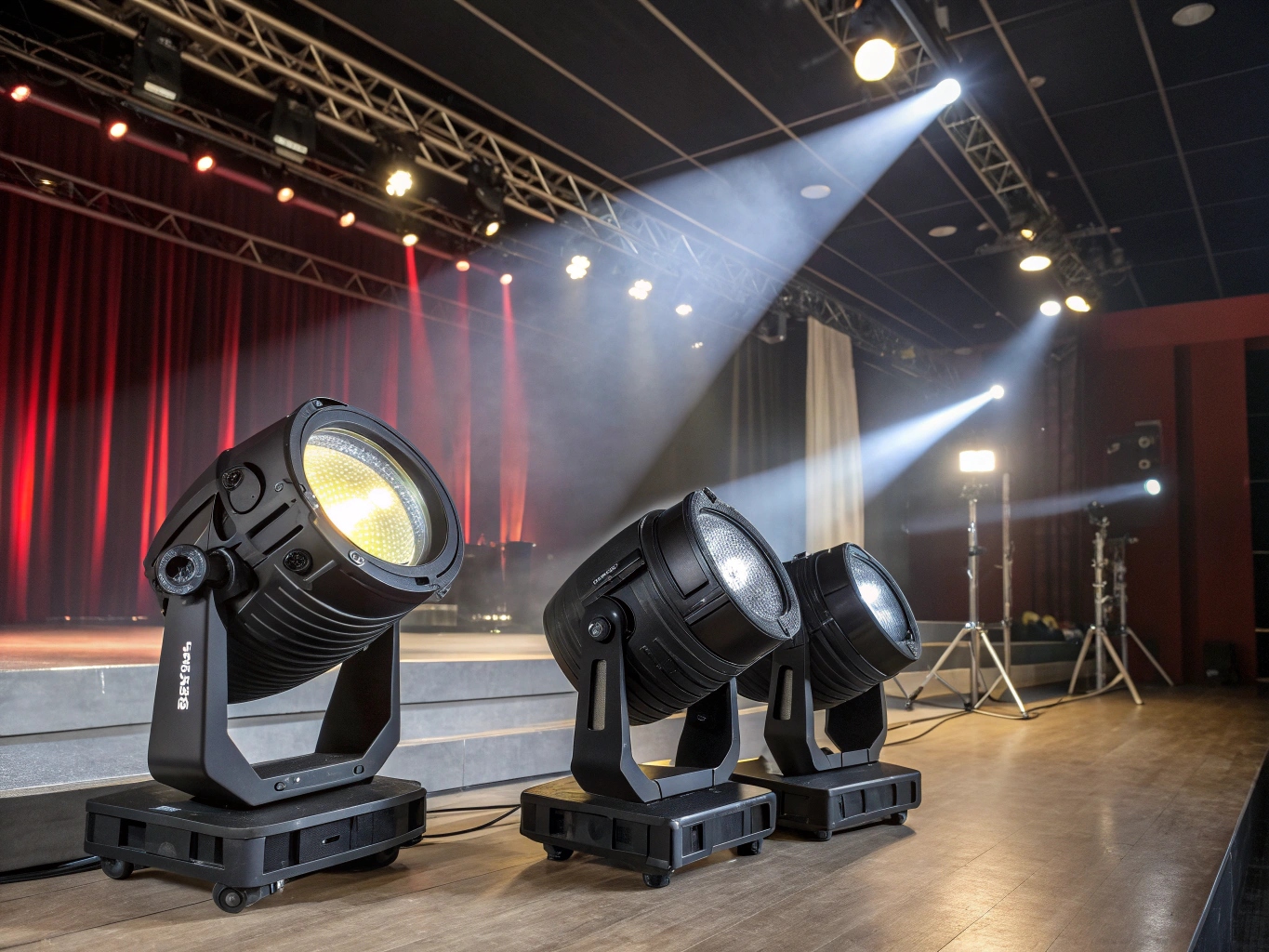
While there are dozens of specialty lights, almost every professional stage relies on these four core types. At Monalight, we build fixtures in each of these categories because they are the fundamental building blocks. For a school, understanding the two most important ones is key to building a great starter package. The PAR delivers the most color and coverage for the money. The Profile gives you the control you need to make your actors visible. Fresnels are fantastic for creating a very even, soft wash, but a good set of PARs can often do a similar job on a tighter budget. Moving Heads are amazing, but they are more expensive and complex. Start with a solid foundation, then add more as your program and budget grow.
The Core Four Fixtures
| Fixture Type | Main Characteristic | Ideal for Schools? |
|---|---|---|
| PAR Can | Punchy, intense wash of light. | Essential. The #1 workhorse. |
| Profile | Sharp, controllable beam. | Essential. For key lighting actors. |
| Fresnel | Soft, blendable wash of light. | Good to have. A great second-choice wash light. |
| Moving Head | Robotic, all-in-one effect light. | Aspirational. Add later for concerts or dances. |
Conclusion
By focusing on a durable toolkit of LED PARs and Profiles, and mastering the core elements of lighting, any school can create stunning, professional-looking productions without breaking the bank.
-
Explore this resource to find the most effective LED toolkit options that can transform your school's stage lighting. ↩
-
Discover the significance of Profile lights in providing sharp, controllable beams for key lighting. ↩
-
Understand the significance of energy-efficient lighting in schools, leading to cost savings and environmental benefits. ↩
-
Delve into the principles of stage lighting design to create impactful and professional productions. ↩
You may also be interested in:
